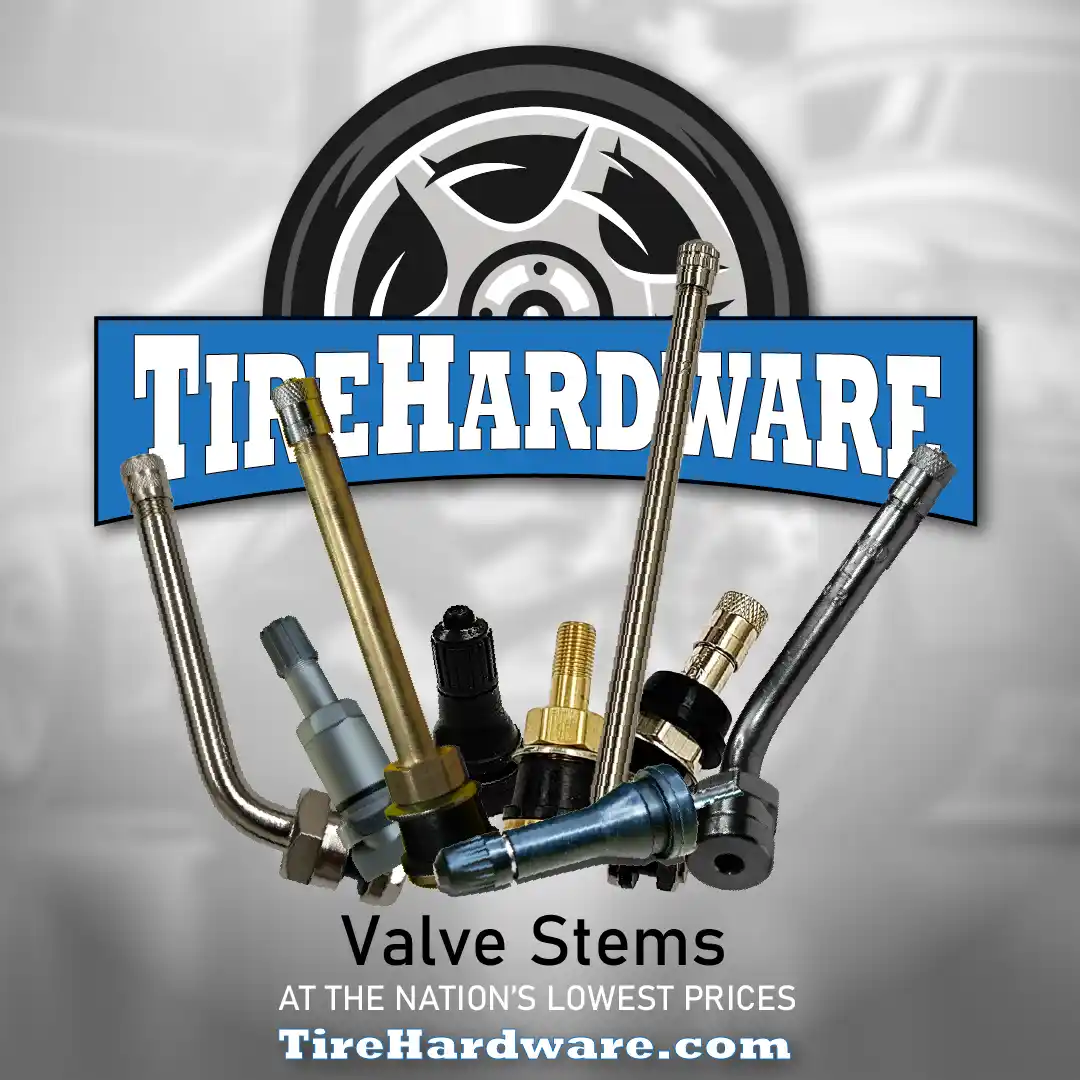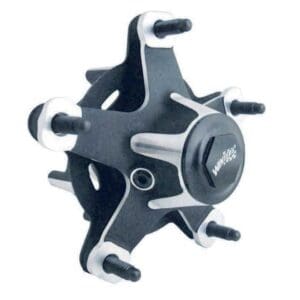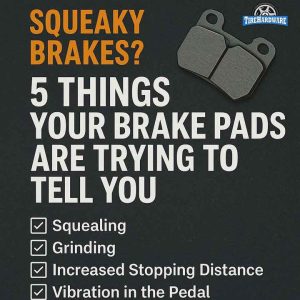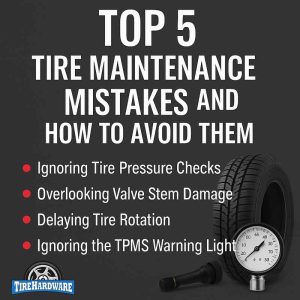Choosing the right tire valve plays a crucial role in maintaining your vehicle’s tire health and safety. Among the most common options, snap-in valves and metal clamp-in valves offer distinct advantages. Understanding these differences will help you make an informed decision based on your specific needs.
What Are Snap-In Valves?
Snap-in valves are made of rubber and offer a simple and cost-effective solution for many vehicles. Mechanics install these valves by pushing them through the wheel’s valve hole until they “snap” into place. The rubber construction provides flexibility, which helps these valves handle minor impacts without damage.
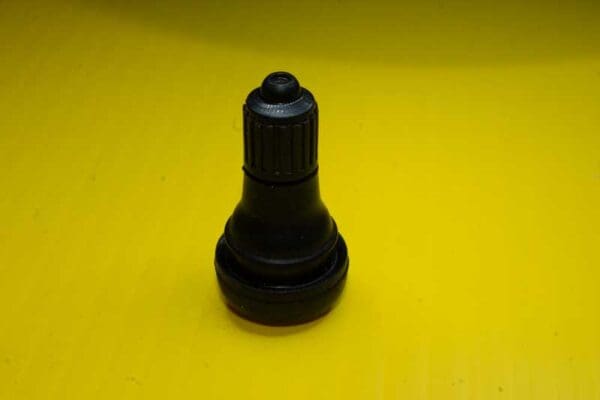
Snap-in valves work well for passenger cars, light trucks, and trailers. They are easy to install and replace, making them a popular choice for standard tire maintenance. Their design suits tire pressures up to 65 PSI, which covers most everyday driving conditions.
What Are Metal Clamp-In Valves?
Metal clamp-in valves, also known as bolt-in valves, feature a metal body, usually made of aluminum, brass, or stainless steel. These valves attach to the wheel using a nut that clamps the valve stem securely in place.
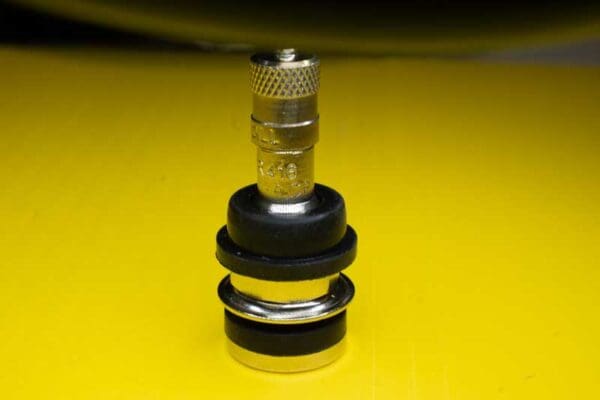
Metal clamp-in valves offer greater durability compared to snap-in valves. They withstand higher tire pressures, often exceeding 65 PSI, which makes them ideal for high-performance vehicles, heavy-duty trucks, and racing applications. The metal construction provides better resistance to heat and harsh environmental conditions, reducing the risk of leaks and valve failure.
Key Differences Between Snap-In and Metal Clamp-In Valves
Installation:
- Snap-In Valves: Quick and easy to install without special tools. Simply push the valve through the wheel hole.
- Metal Clamp-In Valves: Require a wrench for installation. The nut must be tightened to secure the valve, which adds a step to the process.
Durability:
- Snap-In Valves: Made of rubber, they are more flexible but can wear out over time, especially in extreme temperatures or under high pressure.
- Metal Clamp-In Valves: Metal construction makes them more durable and resistant to environmental factors, such as heat, chemicals, and pressure.
Pressure Capacity:
- Snap-In Valves: Suitable for tire pressures up to 65 PSI.
- Metal Clamp-In Valves: Handle higher pressures, making them better for high-performance and heavy-duty vehicles.
Cost:
- Snap-In Valves: Generally less expensive, which makes them a cost-effective option for most vehicles.
- Metal Clamp-In Valves: Higher in cost due to their materials and durability, but they offer long-term value for certain applications.
Which Valve Is Right for Your Vehicle?
Consider your vehicle type, driving conditions, and budget when choosing between snap-in and metal clamp-in valves. If you drive a standard passenger vehicle, and your tires operate under normal pressures, snap-ins will likely meet your needs. They offer a practical, cost-effective solution with easy installation and reliable performance.
On the other hand, if you drive a high-performance vehicle, a heavy-duty truck, or a vehicle that experiences extreme conditions, metal clamp-in valves might be the better option. Their increased durability and pressure capacity ensure your tires remain secure and leak-free, even under challenging conditions.
Both snap-in and metal clamp-in valves serve their purposes well, but choosing the right one depends on your specific requirements. Snap-in valves provide simplicity and affordability, making them ideal for everyday vehicles. Metal clamp-in valves, with their added strength and durability, are the best choice for high-performance or heavy-duty needs. By understanding these differences, you can ensure your tires stay in top condition, contributing to safer and more efficient driving.

